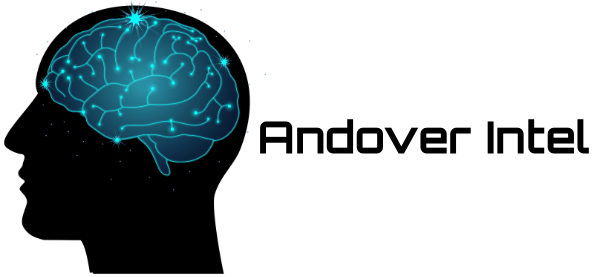Anyone used to the SLAs of TDM services knows that SLAs have changed. We used to talk about “error-free seconds”, and now we’re usually talking about monthly uptime. Mobile devices have changed our view on things like call quality—“Can you hear me now?” is almost a classic example of a trend to assign “good” to…
Taking the Carrier Cloud Beyond CORD and the Central Office
CORD, the new darling of telco transformation using open source, is a great concept and one I’ve supported for ages. I think it’s a necessary condition for effective transformation, but it’s not a sufficient condition. There are two other things we need to look at. The first is what makes up the other carrier-cloud data…
Comcast Joins ONOS/CORD: Why We Should Care a Lot
Comcast just joined the ONOS project, and I think that raises an important question about SDN, NFV, and the whole top-down or bottom-up model of transformation. Couple that with the obvious fact that you read less about SDN and NFV these days, and you get a clear signal that something important might be happening. Several…
Verizon’s SDN/NFV Architecture in Depth
I noted in my introductory blog in AT&T’s and Verizon’s SDN/NFV approach that Verizon has taken a totally different tack with its architecture. Where AT&T is building open-source glue to bind its vendor-controlling D2 architecture, Verizon is defining an open architectural framework for vendor integration. Standards from the ONF, TMF, and NFV ISGs fit deep…
A Deeper Dive into AT&T ECOMP
Even a superficial review of AT&T ECOMP shows it’s a whole different way of looking at the virtualization/softwarization of networking. The master architecture diagram is a picture of start-to-finish service lifecycle management, the bottom is a redrawing of SDN and NFV concepts, and the middle is a modeling approach that seems to draw from multiple…
An Overview of the AT&T and Verizon SDN/NFV Architectures
When AT&T and Verizon released their architecture models for SDN and NFV, I did a quick blog overview of the two. I’ve had a chance to talk with operators and vendors about the approach now, and I’d like to revisit the two architectures based on what I’ve heard. This is going to be a three-part…
Can Nokia Really Make Itself Software-Centric?
If network operators want their vendors to embrace software, stories in SDxCentral and Light Reading hint that Nokia may be thinking of doing just that. Details on the notion are incredibly scarce, so we’re left not only to ask the usual question “Is this the right approach?” but also the question “What is the approach?”…
Is an Open-Source Framework For Next-Gen Network Software Possible?
Network operators have accepted open source software. Or, sort of accepted. I don’t want to minimize the fact that operators have indeed made the culture shift necessary to consider the adoption of open-source software, but that’s Step One. There are other steps to be taken, and you can see some of the early attempts at…
Looking at the Future of IT Through the “Whirlpool” Model
Changes in how we build data centers and networks, and in how we deploy applications and connect them, are really hard to deal with in abstract. Sometimes a model can help, something to help visualize the complexity. I propose the whirlpool. Imagine for the moment a whirlpool, swirling about in some major tidal flow. If…
Wise Council from the Past
Whatever your party, if you are concerned about the country’s future, I recommend this poem, one I’ve quoted to friends in the past. Henry Wadsworth Longfellow: Thou, too, sail on, O Ship of State! Sail on, O Union, strong and great! Humanity with all its fears, With all the hopes of future years, Is hanging…

